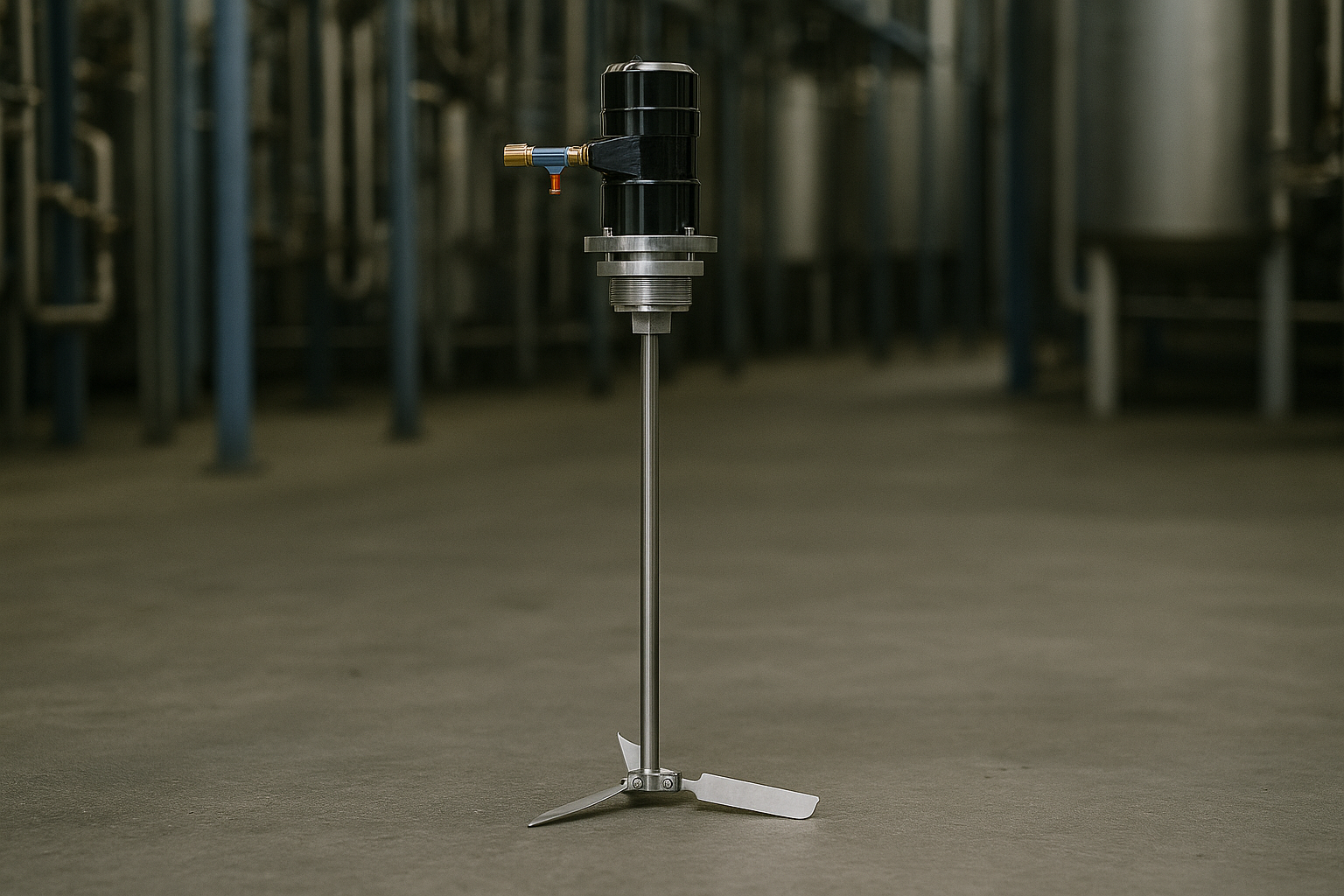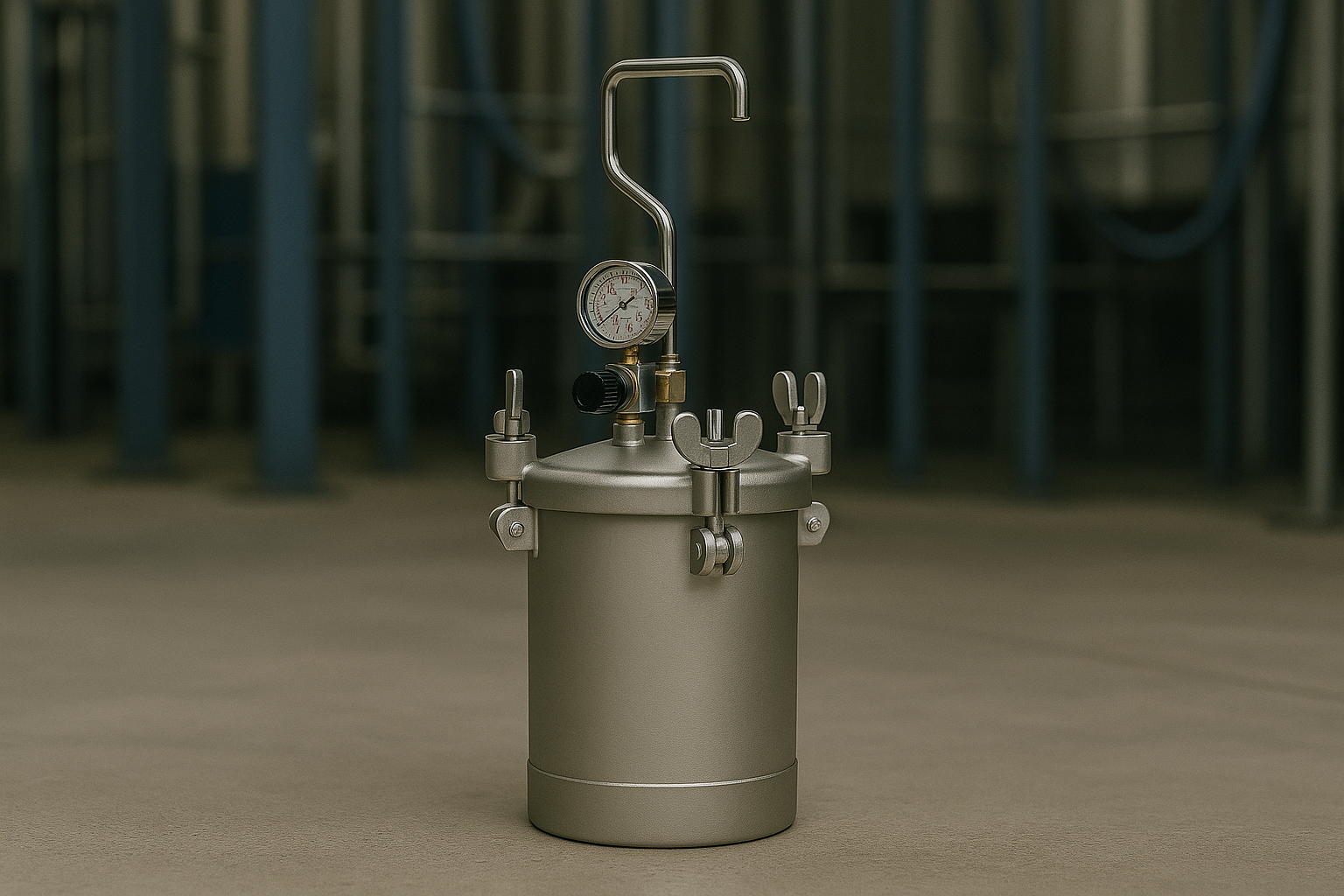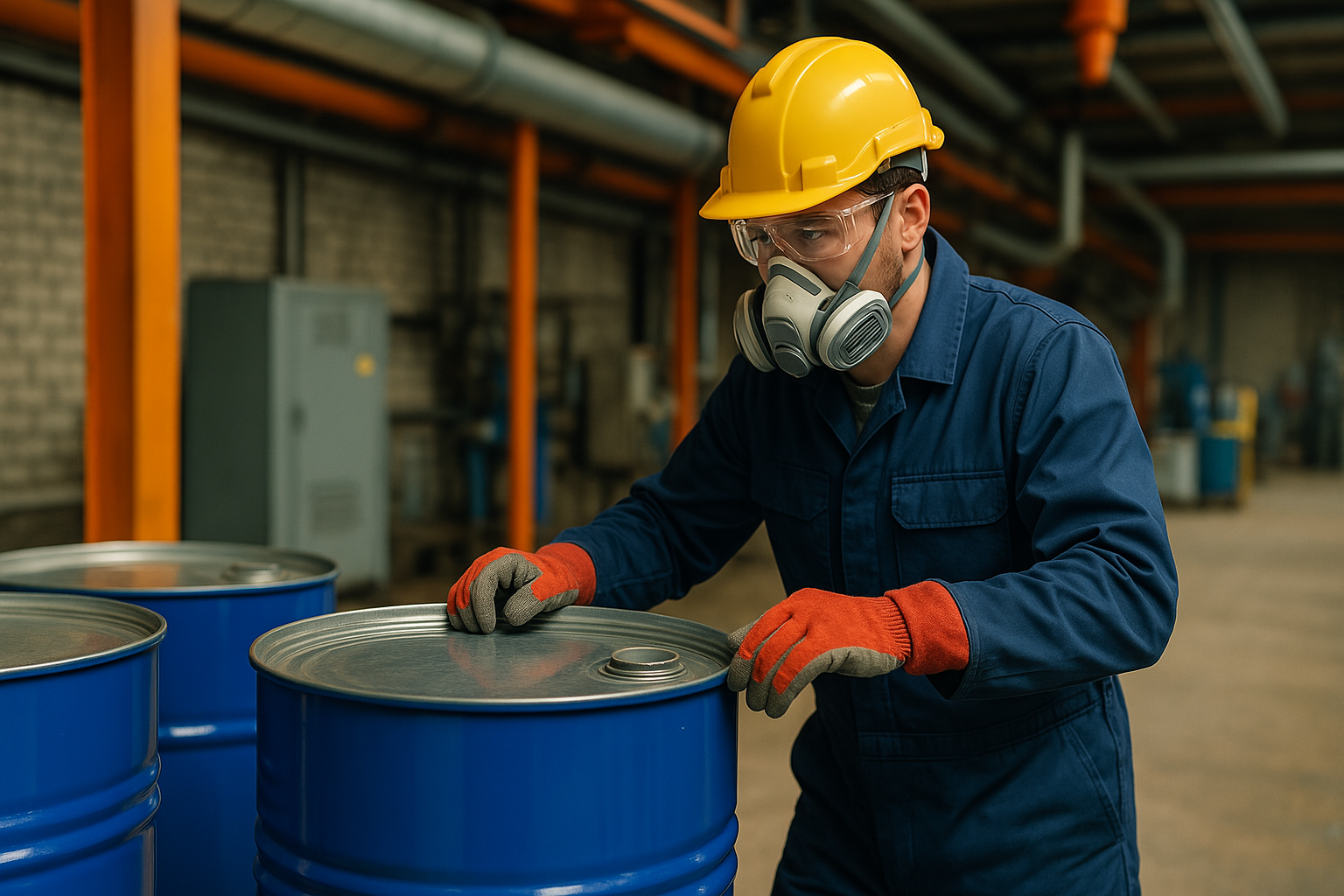In the chemical and pharmaceutical industry, fluid handling is a delicate—often critical—step
Aggressive substances, hazardous environments, and the need for precision and continuity all demand reliable, safe, and regulation-compliant solutions. In this context, air-operated double diaphragm (AODD) pumps are emerging as one of the most versatile and widely appreciated technologies.
But what makes them so effective? And what practical advantages do they offer over other pumping solutions?
How They Work and What Makes Them Different
AODD pumps operate using compressed air, eliminating the need for electricity. Inside, two flexible diaphragms move alternately, pushing fluid from one chamber to the other. It’s a simple yet highly effective system—particularly for handling “difficult” fluids.
Because they contain no electrical components, AODD pumps are inherently safe in potentially explosive environments (ATEX classified), where motors or cables could pose a hazard. This makes them especially suitable for use with solvents, alcohols, acids, bases, and other volatile or reactive liquids.
Where they’re used (and why)
In the chemical and pharmaceutical sectors, AODD pumps are used in a wide range of applications. Common examples include:
-
Transferring raw liquid materials, even if corrosive or highly viscous
-
Dosing concentrated solutions during formulation
-
Loading and unloading tanks and reactors
-
Circulating fluids in CIP/SIP systems, where resistance to detergents is essential
-
Moving suspensions containing particulates or crystals in solution
One of their biggest strengths is their ability to handle non-homogeneous fluids without clogging or damage. Flow rate can be easily adjusted by modulating air pressure, offering more precise process control.
The real advantages for users
Reliability is one of the most valued features among AODD pump users. Unlike other systems, these pumps can:
-
Run dry without damage—crucial in cases of accidental emptying or irregular suction
-
Automatically restart as soon as fluid returns
-
Handle intensive duty cycles with minimal scheduled maintenance
Another major advantage is chemical compatibility. AODD pumps can be built from materials such as stainless steel, polypropylene, PVDF, or PTFE, each suited to specific classes of substances. This makes it possible to create tailored solutions based on the fluid being handled.
Key factors to consider when choosing
Of course, not all AODD pumps are the same. Proper selection depends on several key factors:
-
Type of fluid (viscosity, abrasiveness, temperature, chemical compatibility)
-
Required flow rate and discharge pressure
-
Environmental conditions (ATEX, sterile zones, extreme temperatures)
-
Frequency of use and ease of maintenance
A careful analysis of these parameters is essential to avoid future issues and achieve maximum performance. It’s also worth evaluating the economic aspect: while initial costs may be higher, they can be quickly offset by reduced downtime, lower maintenance, and longer service life.
A valuable technology, if chosen correctly
In summary, pneumatic diaphragm pumps offer a solid, versatile, and safe solution for many processes in the chemical and pharmaceutical industries. Their simple design translates into reliability and ease of management—qualities that truly make a difference in complex, high-risk facilities.
Naturally, selecting the right pump requires technical expertise: each fluid has its own requirements, and each process its constraints.
The Eccofil team is here to help you find the most suitable solution—selecting the right materials, configurations, and accessories tailored to your system and operational goals.
Have a specific application or technical question?
Contact us—we’ll help you determine whether a pneumatic pump is truly the most effective solution for your process.



